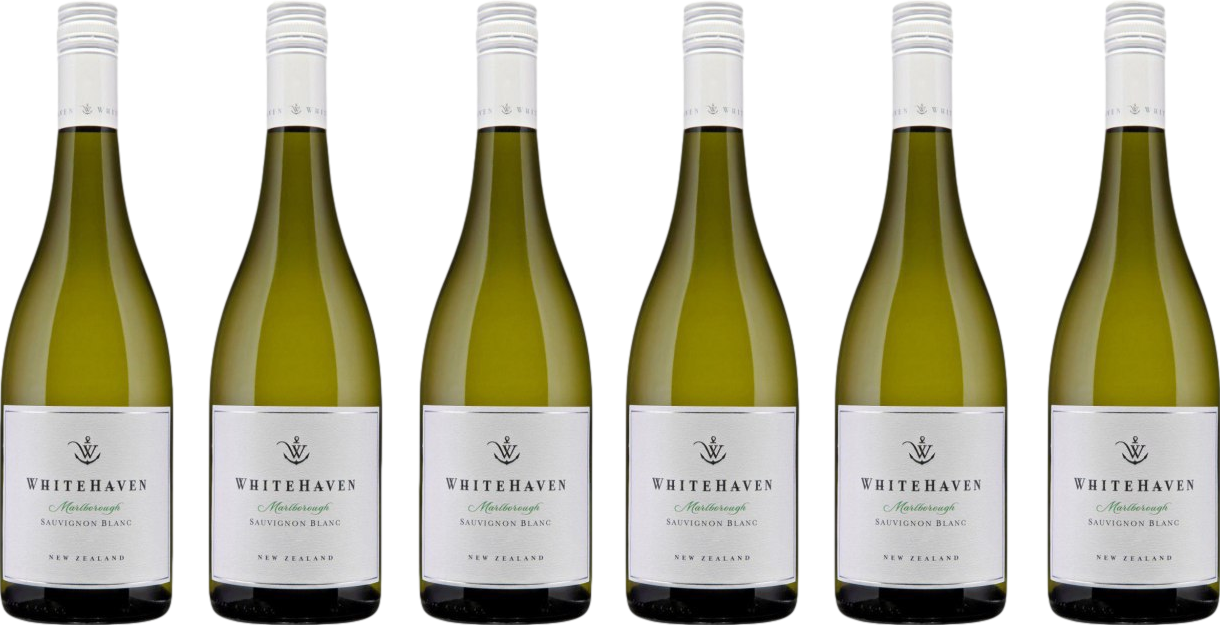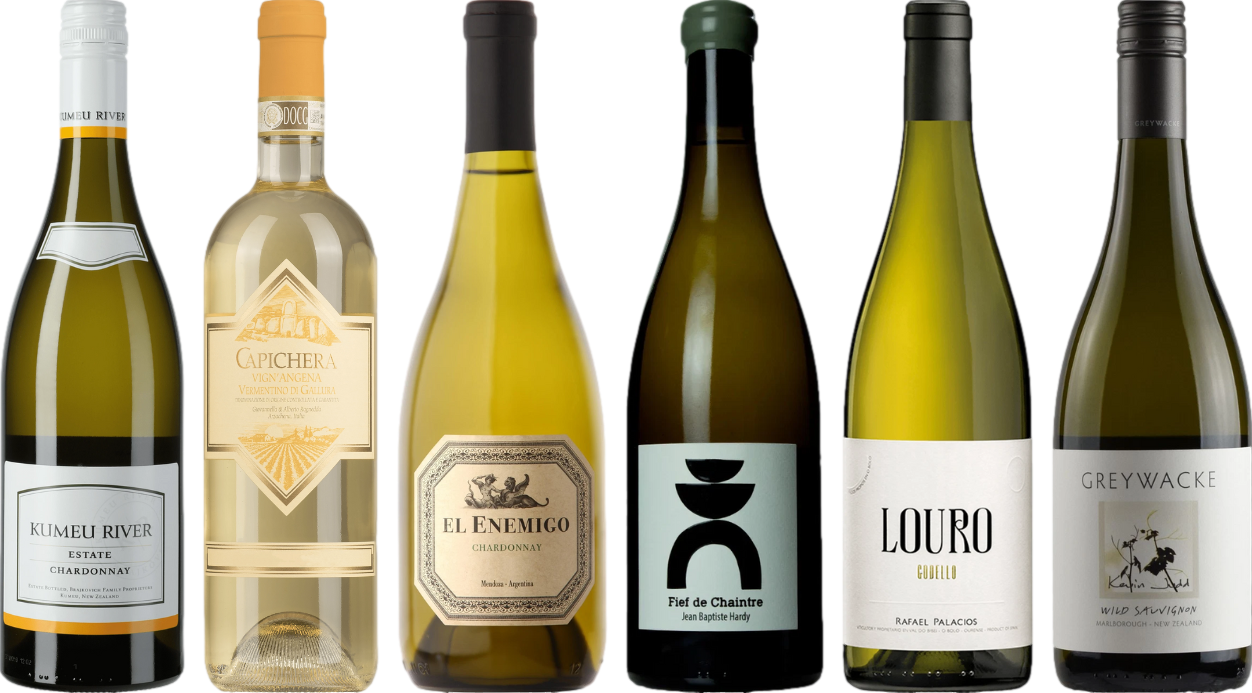



Typically, the delightful beverage remains at its best for about three to five days after being opened. This time frame allows you to enjoy its flavors while they are still vibrant and appealing.
To maximize quality during refrigeration, ensure the bottle is tightly sealed, preferably with its original cork or a wine stopper. This prevents oxidation and preserves the wine’s characteristics. If you’re dealing with a sparkling variant, aim to consume it within one to three days for the best effervescence.
For unopened bottles, the shelf life extends considerably. Store them in a cool, dark place, and they can last for several months to a few years, depending on the specific type and quality. Keep in mind that exposure to light and temperature fluctuations can diminish their integrity.
Optimal Freshness Duration for Chilled White Varietals
After opening, a chilled white varietal typically maintains its quality for about 3 to 5 days in a cool environment. To maximize preservation, make sure to reseal the bottle tightly. A vacuum pump can be particularly useful for removing excess air, further extending the flavor profile.
Storage Techniques
Keep the bottle upright to minimize oxidation. If you have a specific white blend stored in a carafe, transfer it back to the original bottle to ensure a tighter seal. For enhanced enjoyment, consider pairing your favorite chilled varietal with well-prepared dishes. Utilizing the best scrubber for pots and pans will help maintain a clean kitchen, making it easier to cook delightful meals that complement your drink.
Signs of Decline
Pay attention to any off aromas or noticeable changes in taste, which can indicate spoilage. If you notice a shift in color or clarity, it might be time to discard the bottle. Enjoy your selection while it’s at its peak!
Understanding the Shelf Life of Opened White Wine
Opened bottles can remain fresh for approximately 3 to 5 days, assuming proper storage conditions. The key is to minimize exposure to oxygen, which accelerates spoilage.
To extend freshness:
- Seal the bottle tightly with its original cork or a wine stopper.
- Store upright to reduce the wine’s surface area in contact with air.
- Keep in a cool environment, ideally between 45°F and 55°F (7°C to 13°C).
For optimal quality, consume within a couple of days. Organoleptic signs of spoilage include:
- Off odors, such as vinegar-like or musty scents.
- Unpleasant taste, indicating oxidation.
- Cloudy appearance, signaling spoilage or contamination.
For best results, consider using a vacuum pump to remove air from the bottle, which can help maintain flavor integrity. Avoid keeping opened bottles in a warm or light-exposed area, as heat and sunlight can hasten deterioration.
By following these guidelines, you can enjoy your favorite selections for a few days longer, maximizing your tasting experience.
Factors Affecting the Longevity of White Wine
Storage temperature ranks among the primary influences on freshness. Ideally, a range of 45°F to 50°F (7°C to 10°C) is optimal for preserving delicate flavors. Higher temps accelerate oxidation, leading to a quicker decline in taste.
Exposure to light significantly impacts quality. UV rays can degrade compounds, causing premature aging. Store bottles in a dark place or use tinted glass to mitigate this effect.
Oxygen plays a dual role. While it is essential during fermentation, excess exposure post-bottling is detrimental. Once opened, ensure the cork is tightly sealed, or consider using vacuum pumps to limit oxygen contact.
Acidity and sugar levels also influence shelf life. Higher acidity wines generally age better, while sweeter varieties can last longer due to their sugar content acting as a preservative.
Closure Type
- Cork: Traditional closure allows minimal air exchange, enhancing aging potential.
- Screw Cap: Offers a tighter seal, reducing oxygen exposure, which can maintain freshness longer.
Wine Quality
Not all selections are created equal. Higher-quality vintages typically possess better aging potential due to balanced structure and concentration. Consider the producer’s reputation and vintage conditions when assessing longevity.
In summary, mindful storage practices, along with understanding the wine’s inherent characteristics, can significantly extend enjoyment after uncorking. A little attention goes a long way in maximizing your experience.
Signs That Your White Wine Has Gone Bad
Visual cues are your first line of defense. If the liquid appears cloudy or has sediment floating, it’s a strong indication of spoilage. A change in color, particularly if it darkens, can also signal deterioration.
Next, take a whiff. A sour or vinegar-like aroma means fermentation has gone awry. Fresh, fruity scents should be your benchmark. If you detect musty or off-putting notes, it’s time to discard it.
Taste is the final arbiter. If the flavor is bland, overly acidic, or has a pronounced metallic note, it’s likely past its prime. A good sip should be well-balanced and pleasant.
Lastly, check the cork. If it’s pushed out or crumbled, spoilage is highly probable. A compromised seal can lead to oxidation, ruining the integrity of the contents.
Best Practices for Storing White Wine in the Fridge
Maintain a constant temperature between 45°F to 50°F (7°C to 10°C) for optimal preservation. Rapid temperature fluctuations can negatively impact the flavor profile.
Use a wine-specific refrigerator if available, as it offers ideal conditions, but a standard kitchen fridge suffices for short-term storage.
Keep bottles upright to minimize contact between the cork and the liquid, reducing the risk of cork taint. If the bottle is sealed with a screw cap, this is less of a concern.
Seal opened bottles tightly with a cork, stopper, or vacuum pump to limit oxygen exposure. This can significantly extend freshness.
Avoid storing wine near strong odors such as onions or garlic, as they can permeate the cork and alter the taste.
Store bottles away from light, especially direct sunlight, which can degrade the wine. If your fridge has a light, try to minimize its exposure to the bottles.
Regularly check the wine for any signs of spoilage, especially if it has been opened for some time. This proactive approach ensures quality preservation.
| Best Practice | Description |
|---|---|
| Temperature Control | Maintain 45°F to 50°F (7°C to 10°C) |
| Bottle Position | Store upright to reduce cork exposure |
| Sealing Opened Bottles | Use a cork, stopper, or vacuum pump |
| Odor Management | Avoid strong odors nearby |
| Light Exposure | Keep away from direct sunlight |
| Regular Checks | Monitor for spoilage signs |
Properly Resealing Opened Bottles of White Beverage
To maintain freshness after opening, always use the original cork if it’s in good condition. Insert it back into the bottle, ensuring it’s snug to minimize air exposure.
If the cork is damaged or difficult to use, consider a vacuum pump. This tool removes air from the bottle, greatly slowing oxidation and preserving flavors. Place the stopper on the bottle and pump until you feel resistance.
Another option is a wine stopper with a silicone seal. These stoppers can provide an airtight closure, helping to keep your drink in optimal condition. Just push down firmly to ensure a tight fit.
Storage Tips
Store the resealed container upright to prevent leakage and maintain the integrity of the closure. Avoid placing it near strong odors in the refrigerator, as white varietals can absorb scents from nearby foods.
For optimal results, consume within a few days after opening, even with proper sealing methods. This ensures you enjoy the best taste and aroma.
Recommendations for Different Types of White Wine
For Sauvignon Blanc, consume within 3 to 5 days after opening. Its crispness and acidity can diminish quickly. Store upright to minimize oxygen exposure.
Chardonnay remains enjoyable for 5 to 7 days if sealed properly. Cooler temperatures help maintain its buttery notes and fruit flavors. Opt for a vacuum seal or wine stopper to extend freshness.
Riesling Guidelines
Riesling, especially sweeter varieties, can last up to a week when opened. Keep it chilled, as lower temperatures preserve its aromatic qualities. Avoid frequent temperature changes to maintain its integrity.
Pinot Grigio Tips
Pinot Grigio is best within 3 to 5 days. Store it upright and ensure it’s tightly sealed. This variety benefits from cold storage, enhancing its refreshing character.









